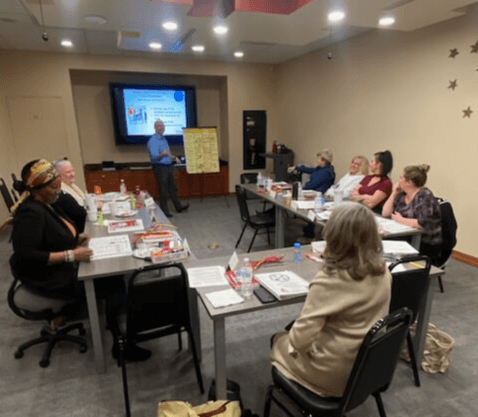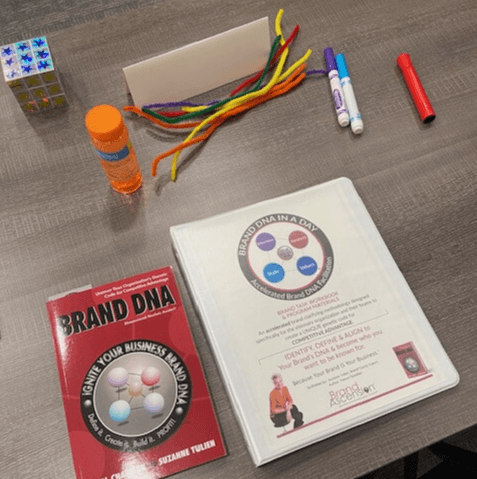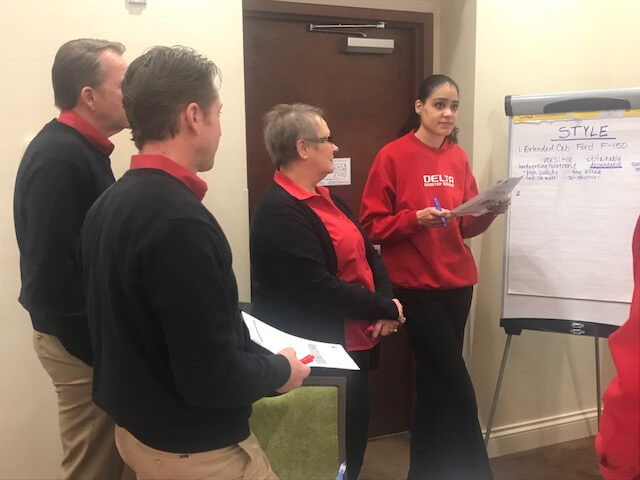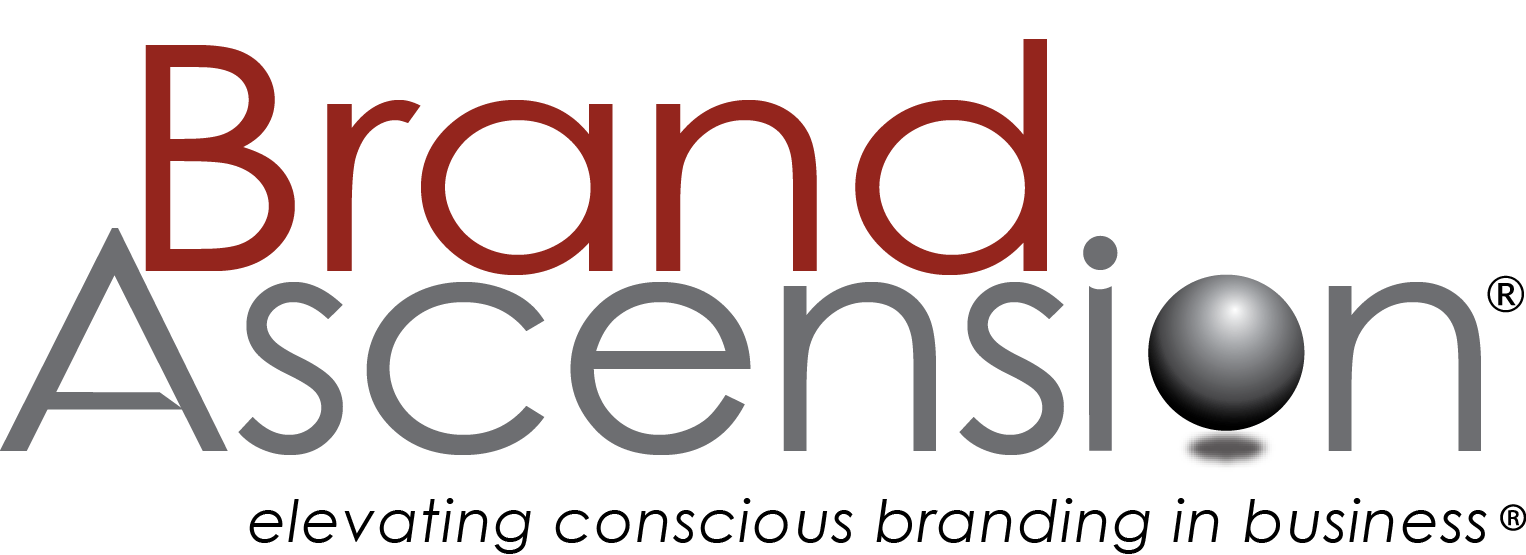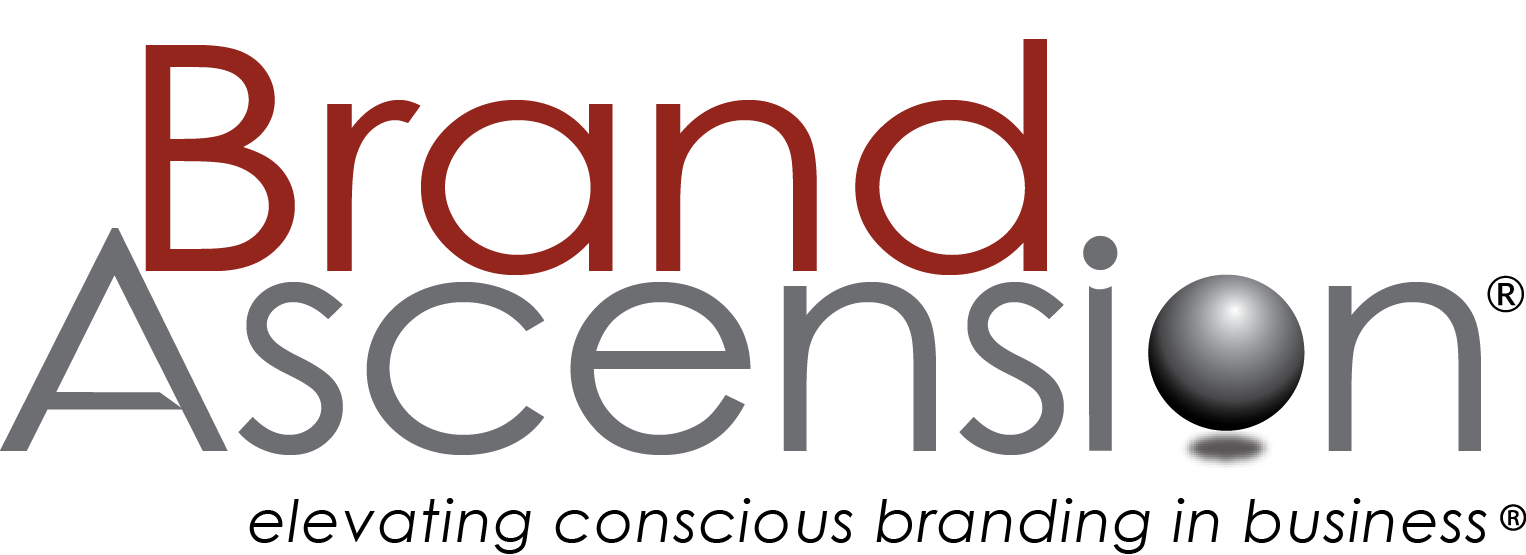Enlist. Equip. Engage.
Your employees are your greatest assets - leverage what they bring to your brand.
YOUR EMPLOYER BRAND IS IN YOUR COMPANY'S DNA...
EMPLOYER BRANDING is the practice of identifying, defining, and aligning an organization's employee value proposition (evp) internally across its culture, systems, processes, and leadership.
This requires getting more conscious, strategic and deliberate in taking control of how the organization approaches influencing current employees and the larger workforce in its perceived value as an employer.
Learn more about the Brand DNA methodology by clicking HERE.
Learn more about the Brand DNA methodology by clicking HERE.
Your Organization Can Become the Workplace of Choice...
BY OVERCOMING THESE EMPLOYER BRAND CHALLENGES:...
Top talent expects competitive salaries and comprehensive benefits packages. When organizations fail to offer market-rate compensation or attractive perks, employees may seek better opportunities elsewhere. This includes not just base pay, but also bonuses, stock options, health insurance, retirement plans, and other financial incentives.
2. Limited career growth opportunities:
High-performing employees often seek continuous growth and advancement. Without clear career paths, regular promotions, or opportunities to take on new responsibilities, top talent may feel stagnant and look for roles with more potential for progression.
3. Poor work-life balance:
As work-life balance becomes increasingly important, organizations that don't offer flexibility (e.g., remote work options, flexible hours) or respect personal time may struggle to retain employees. Excessive overtime, inflexible schedules, or constant connectivity expectations can lead to burnout and dissatisfaction.
4. Lack of recognition and appreciation:
Employees want to feel valued for their contributions. Organizations that fail to acknowledge and reward good performance, whether through formal recognition programs, verbal praise, or tangible rewards, risk losing engaged and motivated staff.
5. Ineffective leadership and management:
Poor leadership, including micromanagement, lack of support, or ineffective communication, can drive away top performers. Employees often leave managers, not companies. Leaders who fail to inspire, guide, or support their teams effectively can significantly impact retention.
6. Misalignment with company culture or values:
Top talent seeks workplaces that align with their personal values and preferred work environment. If there's a disconnect between the organization's stated values and actual practices, or if the culture is toxic or unsupportive, employees may seek more compatible environments.
7. Insufficient learning and development programs:
High achievers often prioritize continuous learning and skill development. Organizations that don't invest in training, mentorship programs, or opportunities for professional development may lose talent to companies that prioritize employee growth.
8. Burnout and high stress levels:
Consistently high workloads, unrealistic deadlines, or high-pressure environments without adequate support can lead to burnout. Organizations that don't address work-related stress or provide resources for mental health and wellbeing risk losing valuable employees to exhaustion.
9. Lack of meaningful work or purpose:
Top performers often seek roles where they can make a significant impact. If employees don't see how their work contributes to larger goals or feel their tasks are meaningless, they may seek more fulfilling opportunities elsewhere.
10. Poor communication and transparency:
Lack of clear, consistent communication about company direction, decisions, and changes can breed uncertainty and mistrust. Organizations that don't prioritize transparency or fail to keep employees informed may struggle with engagement and retention.
These challenges often intersect and compound each other, making it crucial for organizations to address them holistically to create an environment where top talent wants to stay and thrive.
If you are facing any of these challenges with your employee culture - let's talk.
Got 5 minutes? Take a listen....
GETTING YOUR EMPLOYEES ON THE 'BRAND WAGON'
DisruptHR Colorado Springs, CO
DisruptHR Colorado Springs, CO
 Brand DNA in a Day
Brand DNA in a Day Desgined for the savvy, values-driven small business.
A live facilitated process with you & some employees to identify,
define, and align to your unique brand value position.
A live facilitated process with you & some employees to identify,
define, and align to your unique brand value position.
